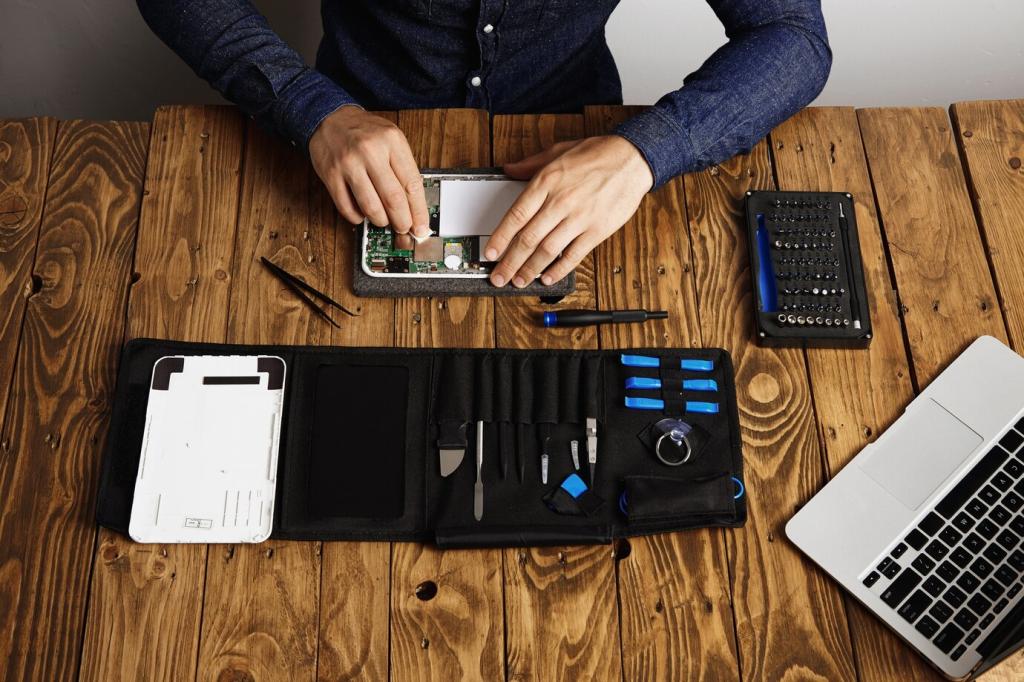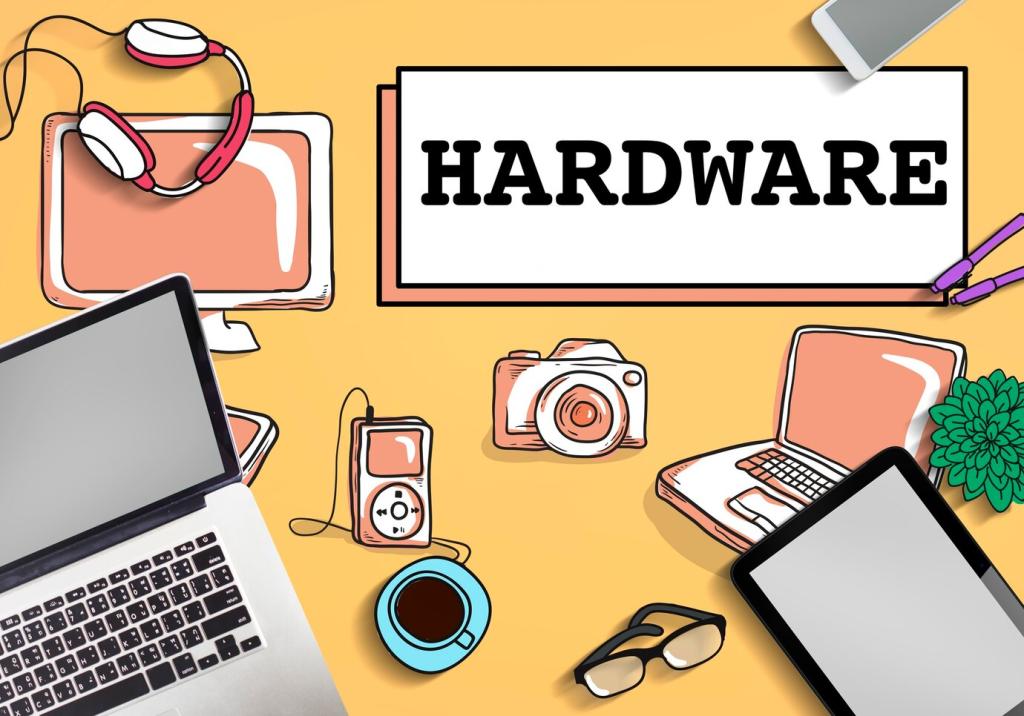Tools That Feel Like Superpowers
Debug shared and platform code seamlessly, set breakpoints across layers, and inspect network calls with built-in tools. Device deployment and simulators are a click away, and Hot Reload shortens the design loop dramatically. Tell us your favorite productivity trick, and we will feature it in the next post.
Tools That Feel Like Superpowers
Pull in proven libraries like Refit for networking, Polly for resilience, and ReactiveUI for state. Centralize package versions and keep builds reproducible. With a healthy ecosystem, you spend time on product, not plumbing. Comment if you want our curated NuGet list and dependency management template.







